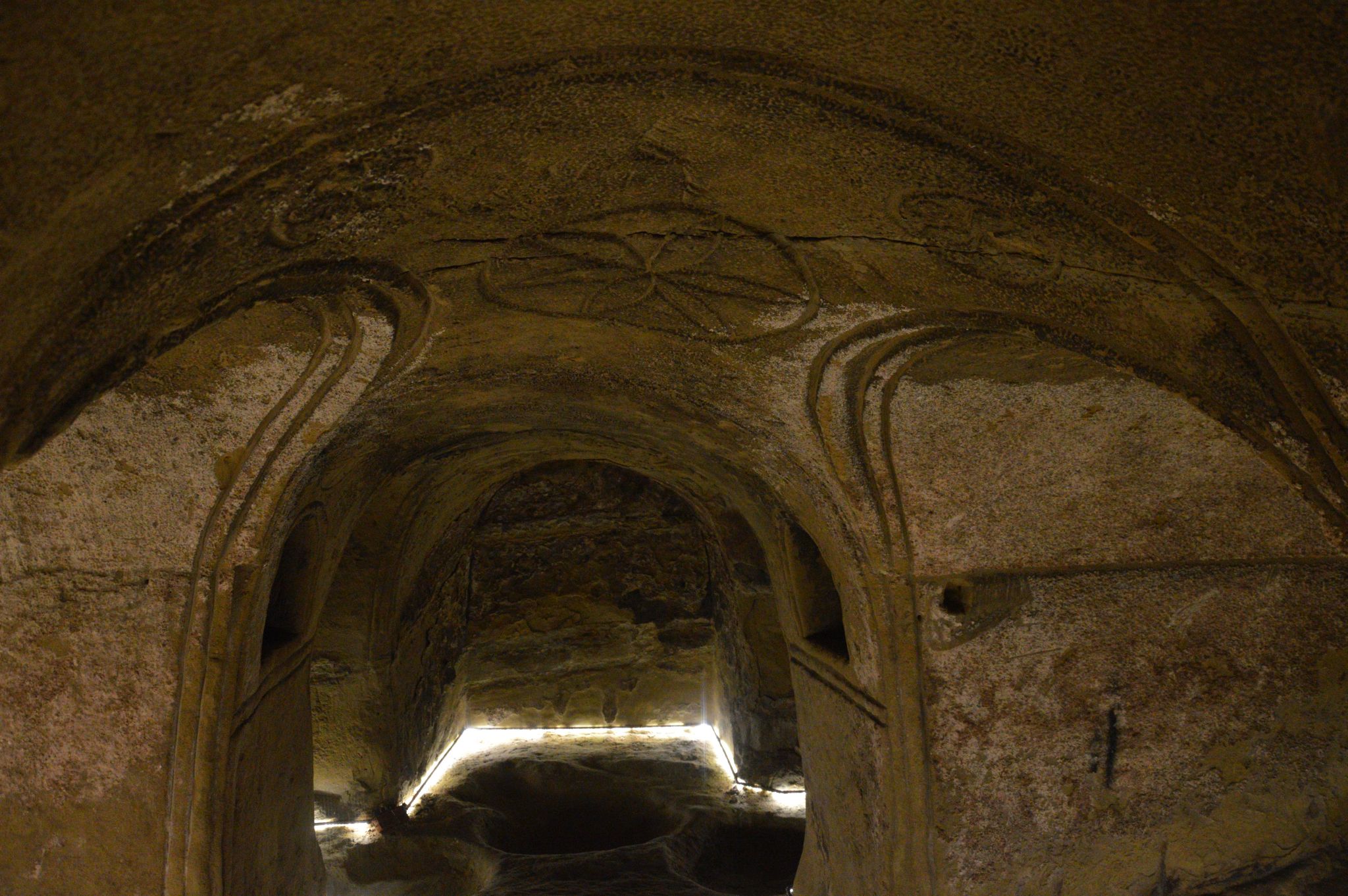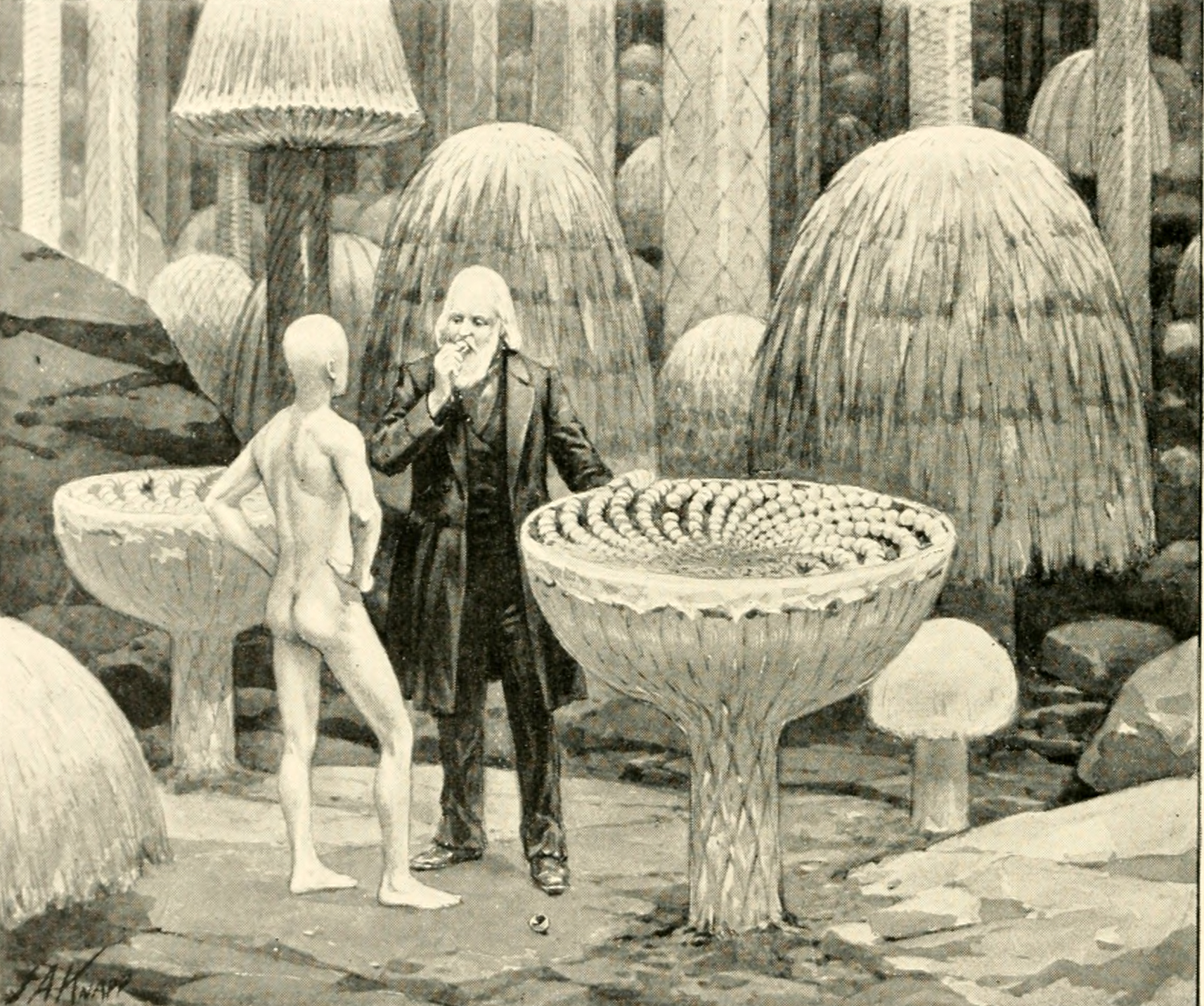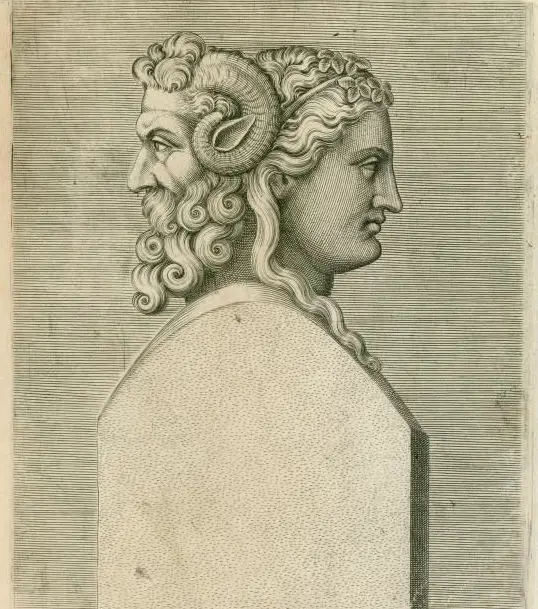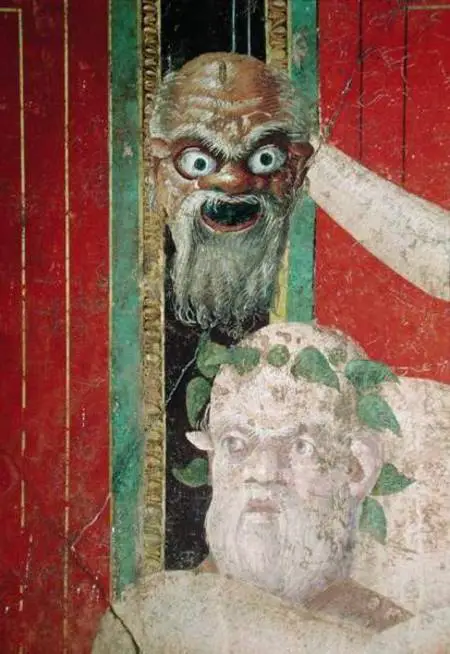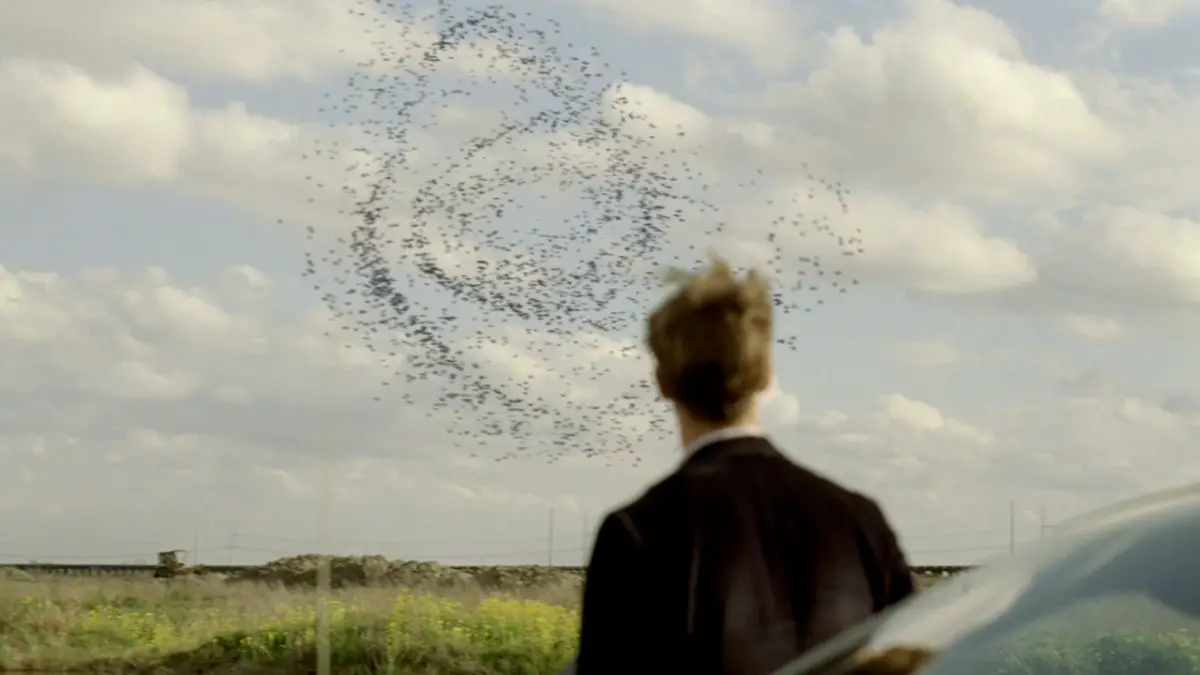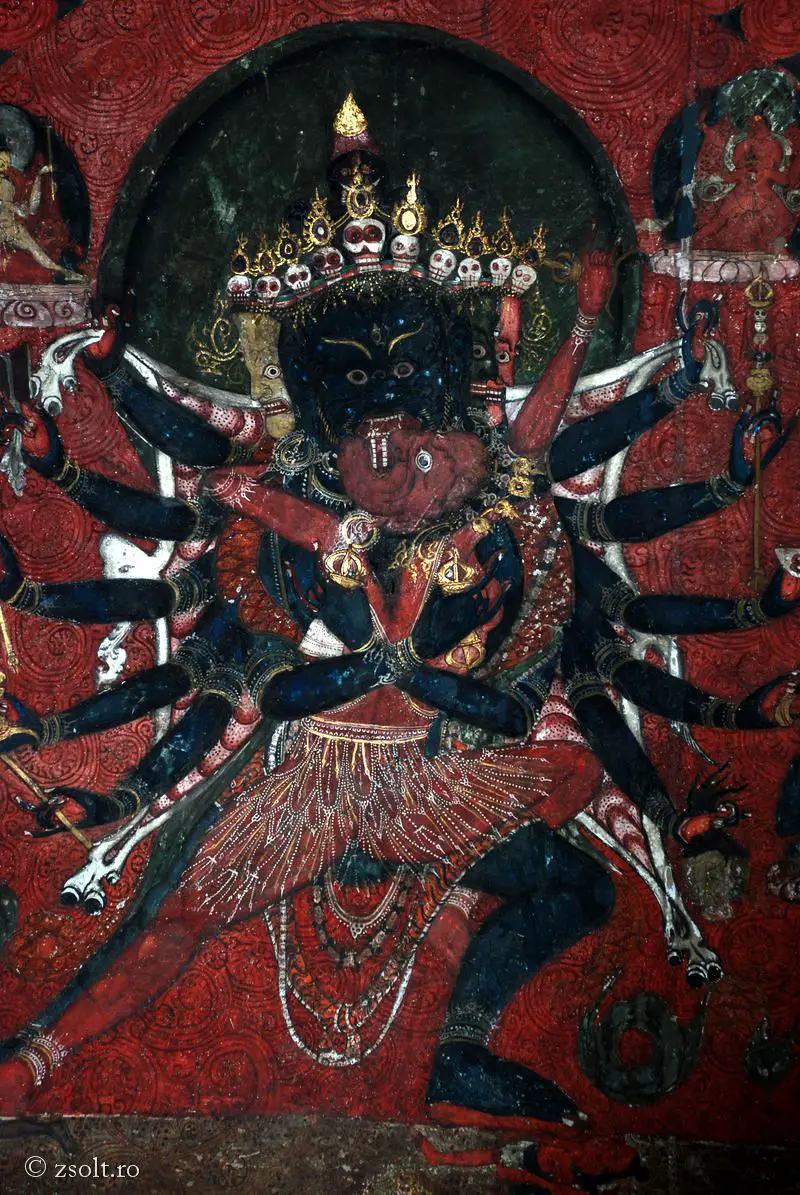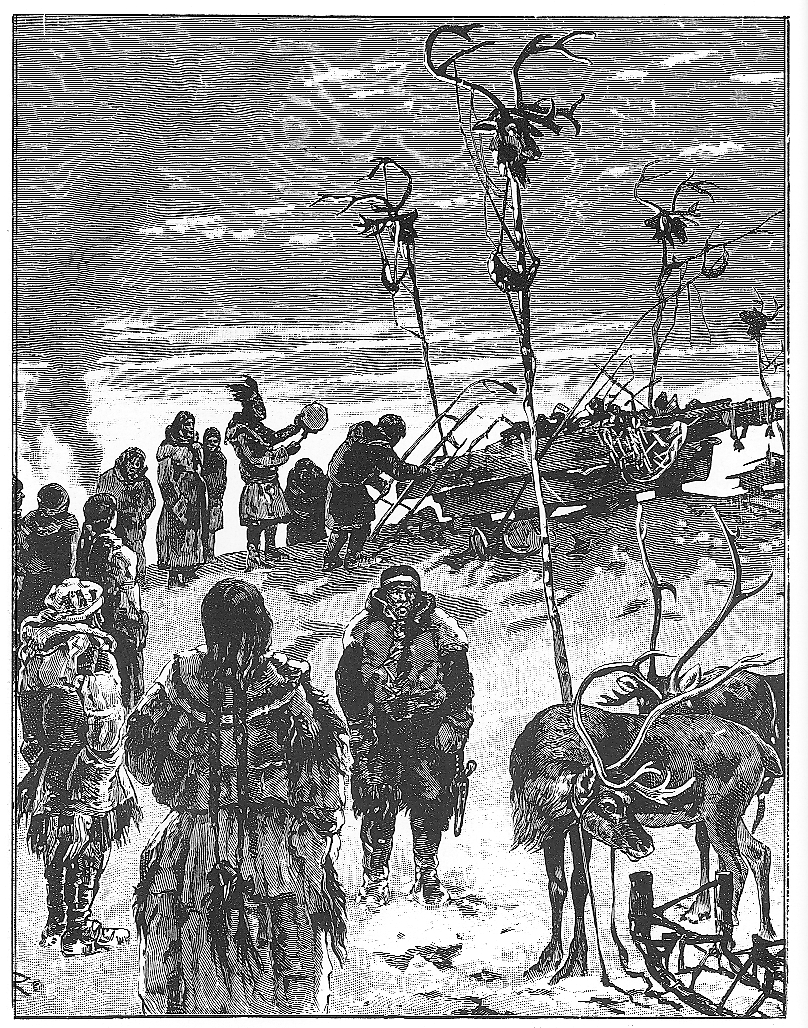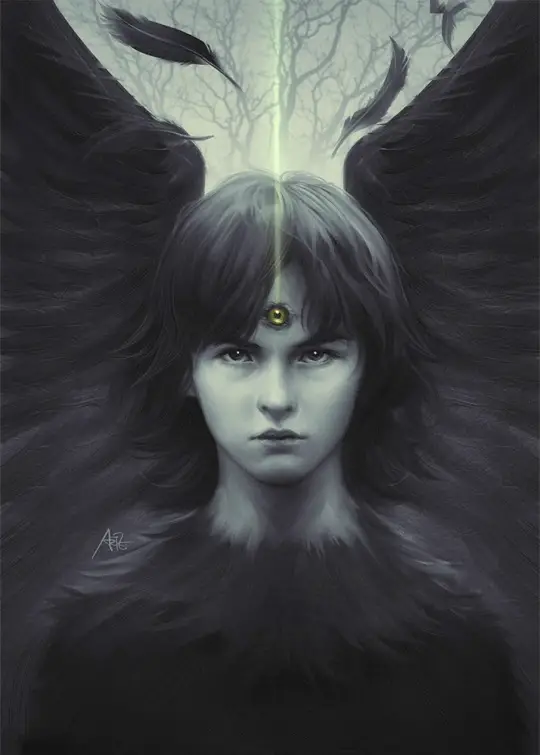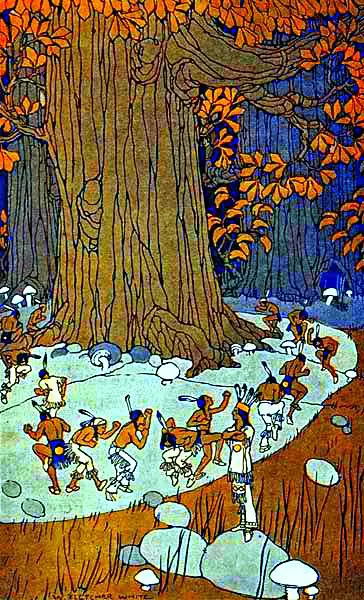Tag: Initiation
Science and fantasy: “Etidorhpa”, John Uri Lloyd's Hollow Earth
In John Uri Lloyd's "Etidorhpa" the passage from the materialistic nineteenth century to the quantum twentieth century is condensed, ambiguous and relativistic, under the banner of Heisenberg's uncertainty principle: a century in which the fantastic resurrects in the heart of that same science that had naively believed to exorcise him.
The symbolism of the two solstices, from two-faced Janus to the two Johns
The ancient solstitial cult, centered on the figure of two-faced Janus, was "Christianized" around 850 and included in the liturgy with the names of the two Johns: St. John the Evangelist on December 27, at the winter solstice and St. John the Baptist on June 24, at the summer solstice. On the other hand, the initiatory doctrine had recognized in the symbolism attributed to the Saints a coincidence of images with the pagan divinity, which went beyond the merely occasional datum.
“At the wall of time”: the question of history and the crisis of the modern world
Ernst Jünger's work on cyclical time, published 60 years ago, marks the apex of what was called the "culture of the crisis", a current of thought focused on becoming aware of the drama of History and Historicism and on the image of time as an impetuous flow that overwhelms everything: intuitions that, before Jünger, were brought to the surface by Oswald Spengler, René Guénon, Julius Evola and Mircea Eliade.
The kidnappings of the Fairies and the mystery of the "Missing 411"
Every year dozens of people suddenly disappear in US National Parks, in unexplained situations and without leaving any trace; Detective David Paulides, who for decades has been studying these mysterious cases he defined as "Missing 411", has identified some recurring patterns which, analyzed with an eye to ancient traditions (both European and Native American), bring us back to the folklore beliefs concerning the "water-babies" and other feral entities residing in the "invisible world", to which it is sometimes believed that the human being, willy-nilly, is able to access, sometimes never to return to our world.
Shamanic initiation and the ways of the afterlife in the North American tradition
Similarly to the European tradition, also the North American one recognizes in the period of the winter solstice the "gateway" to the world of the dead and of the spirits and, therefore, the suitable time for youth initiations and masked ceremonies, including the Iroquois one of the “False Faces” and the kwakiutl one of the “Cannibal Spirit”. These beliefs and practices, as well as the analysis of shamanic journeys to the "Village of the Spirits", allow us to understand the doctrines of the native peoples of North America on the various souls that make up the human being and on the relationship entertained by the living with the spirit world. .
"Santa Claus executed", or the eternal return of an immortal rite
With an essay with a provocative title, "Santa Claus executed", Claude Lévi-Strauss is inspired by a bizarre news event at his time - the hanging and holocaust of a puppet of Santa Claus by the Dijonese clergy - to arrive to the understanding of the "true meaning of Christmas", based on the reciprocal relationship between the world of children and that of the dead. The method used for this purpose is a synchronic and confrontational approach with non-European societies.
Dionysus in the mirror: the mask, the Daimon and the metaphysics of the "other-than-self"
The mask and the metaphysics of the "other-than-self": the youthful initiations in ancient Rome and the Dionysian symbolisms according to Károli Kerényi and Walter Otto; L'"archetypality and paradigmatic nature of the archaic man "who, according to Mircea Eliade," recognizes himself "truly himself", only to the extent that he ceases to be "; the Daimon and the "Antithetic Mask" in WB Yeats's Vision; Dionysus in the mirror, Vishnu who dreaming creates the countless worlds and Thomas Ligotti's "solipsistic god of dreams".
Some reflections on "abductions"
Although we are talking about the phenomenon of so-called "alien abductions" only from the second half of the last century, some of its characteristics would suggest a certain contiguity with ancient descriptions of experiences that were equally branded as "supernatural".
“True Detective”: Rust Cohle's Final Ascension
In view of the release, scheduled for January 14, of the third season of "True Detective", we propose to our readers the cycle of articles we curated for YAWP on the esoteric elements of the successful television series.
Shiva Bharaiva, the holy city of Varanasi and the Axis Mundi
Analysis of the myths concerning the divine figure of Shiva Bharaiva, the Linga of fire, the holy city of Varanasi, the symbolism of the "great universal crematory ground" and initiatory death: sacred geography of death and liberation.
Homer, Heraclitus and the riddle of lice
The riddle of lice posed to Homer by the children of fishermen, and taken up after two and a half centuries by Heraclitus, allows us to reflect on the significance of the Enigma in ancient Hellas.
“Penda's Fen”: the sacred daimon of ungovernability
The revolt against the modern world and the initiatory journey of the young Stephen through his encounter with angels, demons and the ancient pagan powers of the English Motherland, in this undiscovered jewel of the Seventies British folk-horror.
From Ganesha to Dionysus: dismemberment and (re) integration
From the myth of the beheading of Ganesha to that of Dionysus Zagreus quartered by the Titans, up to some brief mention of the Christian Savior: morphology of the initiatory path of the "Son of the Mother", from the "ritual dismemberment" to (re) integration in non-duality
Spiritual Animals: Native Traditions of Subarctic Canada
The 'spiritualization' of animals and their respective archetypal functions in the holistic view of the Native Americans of the far north
“Game of Thrones”: Bran, the crow, the weaving
Discovering the mythical archetypes that hide behind the figure of Bran in the successful television serial based on the saga of George RR Martin
Gustav Meyrink: "The green face"
«The facts of Meyrink's life are less problematic than his work… Munich, Prague and Hamburg shared the years of his youth. We know that he was a bank employee and that he abhorred that job. We also know that he attempted two revenge or two forms of escape: the confused study of the confused "occult sciences" and the composition of satirical writings ». With these words, in 1938, Borges fearlessly presented to Argentine readers Meyrink, the dream author par excellence, in which the fatal encounter between the occult and the feuilleton takes place. And it is in the Green Face that Meyrink reaches the apex of his art as a "chimeric novelist" and of his "admirably visual" style - and the apex of his histrionics, if with this word we mean an amazing ability to breathe narrative life into the most arduous esoteric images: in this case the legend of the green face, that is the evanescent face of the one who holds "the keys of the secrets of magic" and, immortal, remained on earth to gather the elect ". [back cover Italian edition Adelphi]

